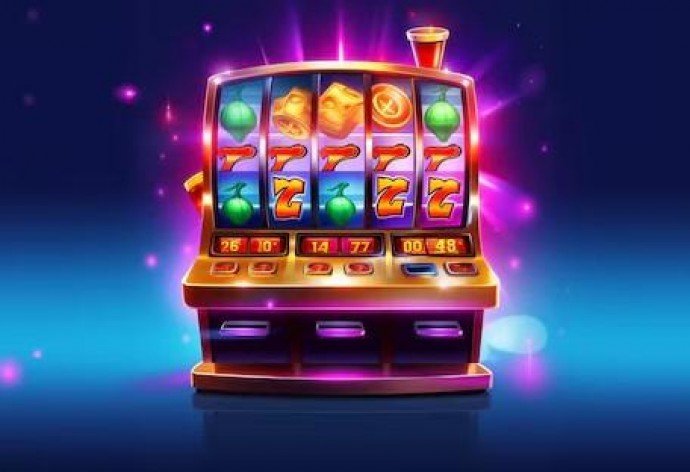bhang bet — culture, chance, and responsible play
-
By
namaste
- September 5, 2025
- casino2
- 0 comments

bhang bet http://bhangbet.com In recent years the phrase “bhang bet” has begun to surface in conversations that intersect tradition, social gathering, and contemporary gaming culture. At first glance it might seem like an unlikely pairing: bhang, a centuries-old cannabis-infused preparation linked to festivals and ritual, and betting, a modern pastime driven by odds, strategy, and chance. Yet both occupy social spaces where ritual, risk, and reward intermingle. Understanding bhang bet requires exploring the cultural history of bhang, tracing how it has been adapted or referenced in modern contexts, and considering the responsibilities and legalities of any activity that blends intoxication with gambling.
The origins of bhang lie deep in South Asian traditions. Prepared from the leaves and flowers of the cannabis plant, bhang has been consumed in India for millennia, often mixed into drinks or sweets during festivals such as Holi and Maha Shivaratri. Historically, bhang carried spiritual and medicinal connotations; devotees of Lord Shiva considered it sacred, while folk healers used it for a range of ailments. Its cultural status afforded a space where communal consumption was a bonding ritual, emphasizing shared experience over solitary indulgence.
When we talk about “bhang bet” in a contemporary sense, there are several ways to interpret the term. For some people it refers to informal bets placed in convivial settings where bhang or similar substances are consumed — for instance, small wagers among friends during festival games or social gatherings. For others, it may denote a thematic brand or platform that leverages the evocative imagery of bhang to market games, contests, or entertainment experiences. In digital spaces, names and motifs drawn from traditional practices are sometimes repurposed to create a distinct identity or appeal to niche audiences. Regardless of the usage, the term invites scrutiny of how tradition is commodified and how social norms evolve around substances and risk-taking.
There are social dynamics that make the combination of bhang and betting particularly interesting. Consuming psychoactive substances can alter judgment and change risk perception, which naturally affects decision-making during gambling. In communal contexts, these altered states can lead to heightened sociability, laughter, and a sense of camaraderie that makes placing a bet feel more like participating in a shared ritual than engaging in a high-stakes contest. However, that same lowering of inhibitions can also increase susceptibility to losses and reduce the capacity to stop at a safe point. Responsible practice therefore becomes crucial whenever intoxication and wagering coincide.
Legality and regulation are important considerations. Bhang’s legal status varies widely by jurisdiction: in some regions it is tolerated or regulated in cultural context, while elsewhere cannabis products are tightly controlled or illegal. Betting and gambling also face heavy regulation, from state-run lotteries to strict prohibitions on unlicensed wagering. Combining the two — for example, operating a betting activity that intentionally involves intoxicated participants — can raise legal and ethical red flags. Operators, event hosts, and participants must be aware of local laws and act within them to avoid harm and legal consequences.
From a public health perspective, blending bhang and betting calls for clear harm-reduction strategies. These might include setting and respecting contribution limits for pooled bets, establishing sober oversight for events, providing information about relative effects and onset times, and encouraging participants to make decisions before consuming substances. For commercial platforms or branded experiences that invoke bhang imagery, transparency about what is actually offered — and what is not — is essential. Misleading marketing that implies psychoactive content or cultural authenticity where none exists can undermine trust and contribute to risky behavior.

Culturally sensitive approaches are also necessary. Bhang is more than a recreational product; it has ritual significance and historical depth in many communities. When modern enterprises borrow cultural symbols, they should do so with respect, seeking to avoid trivialization or appropriation. Collaborations with cultural custodians, accurate storytelling about origins, and support for community initiatives can help ensure that reinterpretations remain respectful and enriching rather than exploitative.
Practical suggestions for anyone curious about bhang bet scenarios include moderation, informed consent, and prior planning. If you find yourself at a social event where bets are being placed and bhang or any intoxicant is being consumed: set personal limits ahead of time, decide on a spending cap, designate a sober friend to monitor exchanges, and avoid high-stakes commitments. If organizing an event, consider separate areas for gaming and consumption, clear signage about rules, and access to transportation options for attendees who may be impaired. Such measures protect participants and help preserve the social and celebratory aspects that often make these gatherings meaningful.
For entrepreneurs and creators, the term bhang bet can inspire themed games, storytelling, or design motifs that evoke communal celebration and the unpredictability of chance without promoting unsafe behaviors. Card games, trivia nights, or participatory art installations that channel the festive spirit of bhang rituals can be structured so that no substance is involved and all rules are transparent. When a brand or platform does maintain a digital presence or offer paid services, compliance with advertising standards and responsible gaming practices should be non-negotiable.
Research into the interplay between substance use and decision-making continues to grow, and informed readers can benefit from scientific insights. Studies on cognitive effects highlight how different substances influence risk assessment, temporal discounting, and impulse control. Translating these findings into lay guidance — such as avoiding complex financial decisions while under the influence, allowing ample time between consumption and wagering, and seeking peer support for problem behaviors — can make a real difference in outcomes.
Finally, conversations around bhang bet underscore broader questions about how societies negotiate the boundary between tradition and modern entertainment. Festivities that once centered on collective ritual are increasingly reframed as experiential events in a consumer-driven market. Recognizing the value of cultural continuity while embracing creative reinvention is a delicate balance. Communities, creators, and participants all share responsibility for maintaining that balance through openness, education, and mutual respect.
In conclusion, bhang bet as a concept sits at a crossroads: it evokes ancient practice and communal ritual, yet it also collides with contemporary patterns of play, commerce, and risk. Approached thoughtfully, it can inspire gatherings that are joyful, culturally informed, and safely managed. Approached carelessly, it risks trivializing heritage and exposing people to preventable harms. Whatever form it takes, the enduring lesson is the same as with any activity that mixes culture, intoxicants, and wagering — prioritize safety, respect tradition, and make choices that preserve community well-being.
